The key food trends for 2021: We will eat local, healthy and high-tech
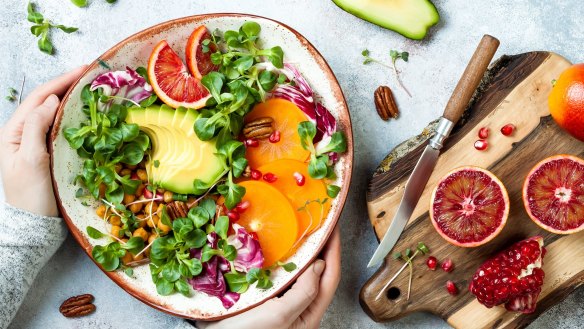
Need a few things to look forward to this year? Us too. The good news is there's plenty on the horizon. Not always where you'd think to immediately look, either.
From living, breathing buildings in the middle of the city and new ways to drink a home-made martini to a compelling reason to buy fish tails, 2021 could well deliver a little more than we'd hoped.
Neighbourhood dining is where the city's at
While Sydney and Melbourne's central business districts remain quieter than restaurateurs would like, neighbourhoods are thriving.
"I'm not at all flat about the future," says City of Sydney independent councillor Jess Miller.
"While the CBD has quietened considerably, my observation is that the suburban villages are pumping. Local coffee shops, local restaurants, high streets – particularly butchers, grocers and independent outlets – seem to be doing very well.
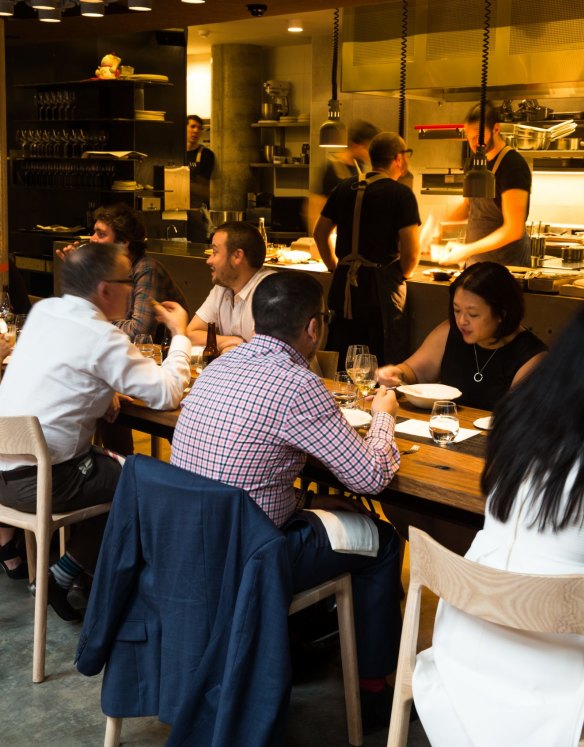
"My observation is the [venues] that have been first to experiment and have already invested in their community have been the ones that are doing really well."
Clayton Wells, head chef of Chippendale restaurant Automata, says diners have shown a real love and appreciation for their local venues. "The restaurant hopping that Sydney is famous for has slowed," he says. "There are less restaurants opening constantly, obviously, but people have a better appreciation of small business."
Phones out at the table
When Kim Teo started putting QR codes on menus in 2018, many people told her the data-storing squares were dead; apps were the way of the future, especially for ordering food in-venue.
"Of course, that's all changed with COVID," says the co-founder and chief executive of Mr Yum, a web-based ordering company for restaurants that has grown 25 times in size over the past 12 months.
Diners use their phone to scan a QR code, which opens a platform to order food, split bills, and finalise the tab using Apple or Google Pay.
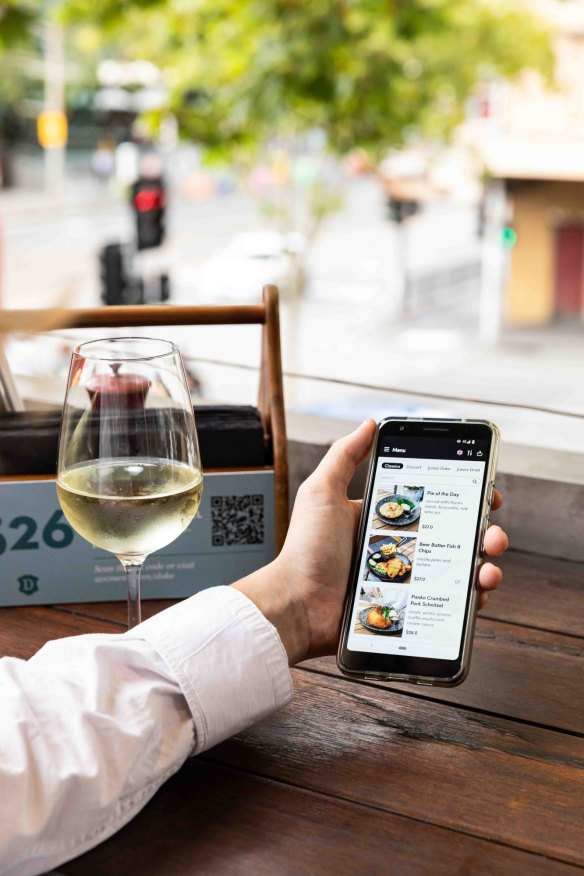
"January has stayed as strong as December for us, even though it's a traditionally quieter month in hospitality," says Teo. "At The Grounds of Alexandria in Sydney, more than 60 per cent of sales are now through Mr Yum."
Mr Yum is joined by other platforms developed in Australia, including HungryHungry and me&u, which are leading the way in contactless ordering technology, says Teo.
"Australia opened up from COVID-19 before the UK and US and now the rest of the world is eagerly watching what we're doing in the dining space."
And it seems like the move towards hi-tech dining is only going to gather pace.
$50 is all you need to have a good time
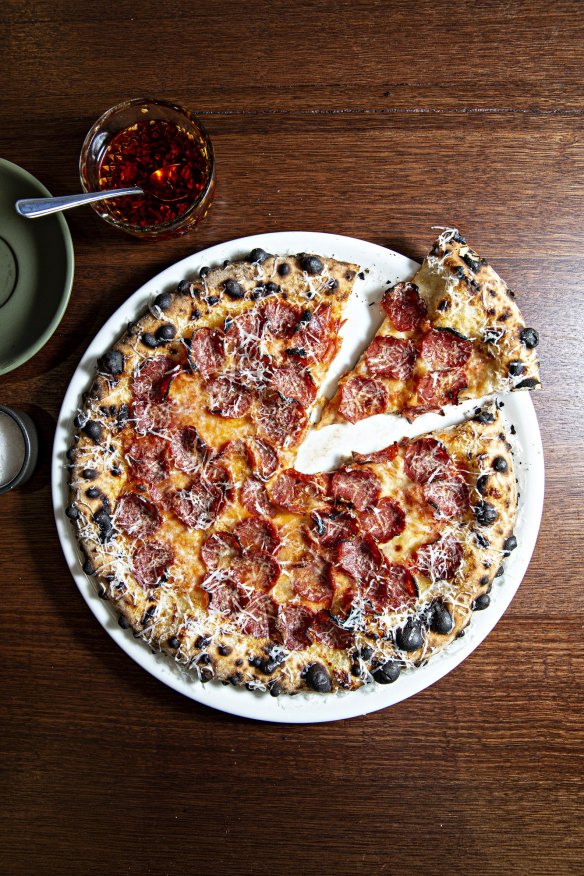
Michael Bascetta, co-founder of Melbourne hospitality collaboration space Worksmith, Falco bakery, Capitano pizzeria, and Bar Liberty reckons the sweet spot for dining out is at the $50 mark.
"There's only going to be a certain number of people who really want to dig deep, financially. But at Capitano, we have found the $40-$50 total head spend has gone crazy," he says.
"We've never been busier. And I think that speaks volumes about that price point and what experience people really want to go out and have."
You can garden in just about anything
We started growing more food at home than ever before last year. And this will be the year we get even more creative with the urge to produce our own food.
You can create a garden in a suitcase or a boot. You can buy a Vegepod, a portable garden bed on legs that can double as a hothouse. The only rule when it comes to what you can put a plant in is whether it gets the right amount of soil, water and sunshine. And even sunshine is negotiable these days, thanks to technology.
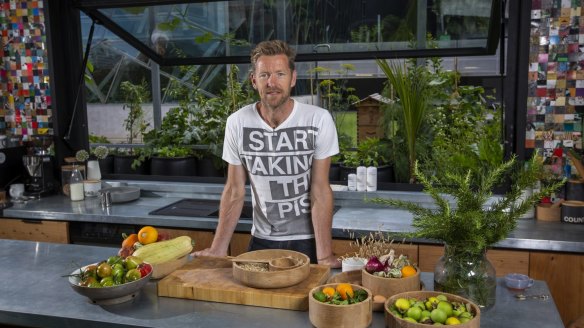
Joost Bakker, architect and environmental activist, says even people in the most urban, sunlight-deprived environments can grow food. All that's needed, he says, is solar-powered LED "grow lights", which can be bought cheaply online.
Future Food System, the latest project from Bakker, is an example of what can be achieved in unexpected spaces. He has designed a sustainable, living eco home and restaurant in Melbourne's Federation Square, where nothing is wasted.
He argues anything can be turned into a green area from which to grow food. "We've got an oversupply of energy during the day in Australia and a huge opportunity to grow food in dark places. And you can start with tiny amounts."
The Hassel is back, baby
Is there a better sauce-catching vehicle than a spud sliced and fanned to look like a Slinky? Nope, we don't think there is. First created in Sweden in 1953, the Hasselback potato is making a comeback across the country, from restaurants such as Sydney's Ester, where it's supercharged by spud skin dashi, to Launceston's Stillwater, where it sits pretty in 'nduja butter.
2021 is the year of disruptive collaboration
While lots of chefs dropped out of hospitality altogether during 2020, plenty have stuck with it and are forging their own paths, popping up in other people's restaurants, hosting two-night takeovers in bars and collaborating with gin, gelato and beer companies.
There are more opportunities than ever for young chefs who are willing to make unconventional choices. Check out the rolling guest chef list at Sydney CBD bar PS40, or the program at Melbourne's Worksmith.
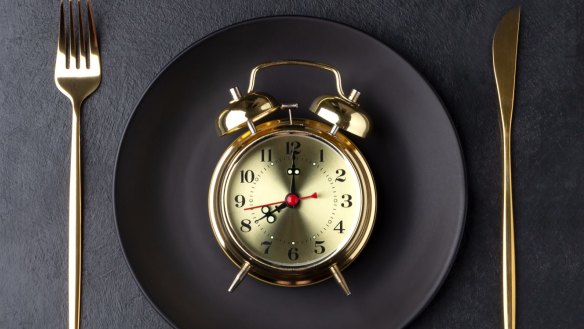
Life in the fast lane
Google Trends data shows online searches for "intermittent fasting" have doubled over the past four years in Australia and continue to rise.
Popular energy-cutting diets include the 16:8 (eat over an eight-hour period and fast the rest of the day), the 5:2 (cut kilojoules two days a week, eat normally the other five) and "the warrior" (fast all day except for one large meal in a four-hour window).
"There's also the clock diet, the alternate day fast and many more," says Professor Clare Collins, accredited practising dietitian and spokesperson for Dietitians Australia, and laureate professor of nutrition and dietetics at the University of Newcastle.
"But studies have shown that when fasting is compared to a good old-fashioned seven-days-a-week diet, the weight loss results are the same."
She says people looking to reduce their body fat after the holidays should start with whatever approach is most appealing to them.
"But if you find yourself thinking, 'Forget this, this is way too hard', ask to be referred to an accredited practising dietitian, and they can personalise a diet plan for you."
A review into personalised nutrition has shown that people achieve better results when their diet has been personalised, compared to fad diets.
"Watch this space," says Collins. "While the scientific community is aware of all the new research happening around personalised nutrition, it's yet to translate through to the general public."
Take a back seat, hard seltzer. It's the year of the martini and soda
You heard it here first. Take 30ml of your favourite gin, 15ml of your favourite dry vermouth, a dash of bitters if you swing that way, stir over ice until your mixing glass goes frosty, strain into a tall glass filled with fresh ice and top with soda. Think of it as a spritz wearing its finest business suit.
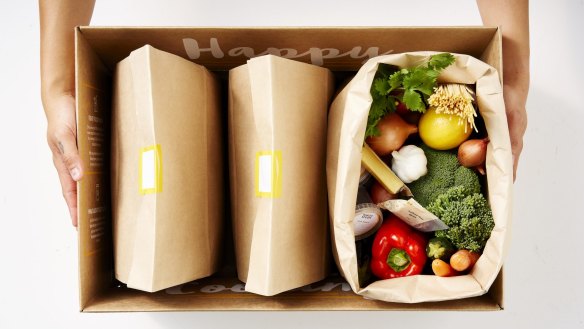
The rise and rise of plant-based everything
Sick of seeing mince made from mushrooms in the meat section? Tired of chicken-free chook? Done with vegan mayo? Too bad. Plant-based products are only set to become more popular.
The vegan ice-cream industry was estimated to be worth $US520 million ($A683 million) globally in 2019 and is expected to hit $US805 million by 2027, says Allied Market Research.
"Last year we saw an 11 per cent increase in sales of our vegan meals, and we don't see that trend slowing down," says Rolf Weber, chief executive of meal kit delivery service Marley Spoon Australia.
"Our research shows the rise isn't from people becoming vegans. It's from consumers concerned with their health and wellness, and eating more plant-based meals between meat dishes."
Convenience is king
Speaking of Marley Spoon, the global company's Australian arm reported second- and third-quarter growth of 170 per cent in 2020, buoyed by lockdowns and the ongoing rise of e-commerce.
"The adoption of online, direct-to-consumer channels is up significantly," says Weber.
There are now more than 30 ready-made or cook-your-own meal delivery services in Australia, each assuring consumers they won't have to work hard for a healthy dinner.
New player PreppedFresh will launch to market in the next few weeks, also promising convenience, but with flash frozen, pre-chopped ingredients.
"Australians are hungry for the convenience meal kits tend to offer, but they can still take a long time to cook with all the preparation involved," says PreppedFresh founder Isabelle Dunn.
"Everyone likes to cook, but few people enjoy the chores of scrubbing, peeling and chopping, especially at the end of a long day."
Rather than Birds Eye-style bags of frozen cauliflower and other sides, PreppedFresh will offer a weekly starter kit with recipe cards and common cooking ingredients such as garlic, parsley, onion, pumpkin and carrot.
"I hope it can lead to a reduction in household food waste," says Dunn. "It's so frustrating when you do a weekly shop on Sunday, and your vegetables are beginning to perish in the crisper by Tuesday."
Collins is an advocate for any service that makes vegetables more accessible. "Research through COVID-19 showed Australians cooked more at home and increased their vegetable intake," she says. "That's a positive thing we really want to hang on to."
It's time to embrace the wing
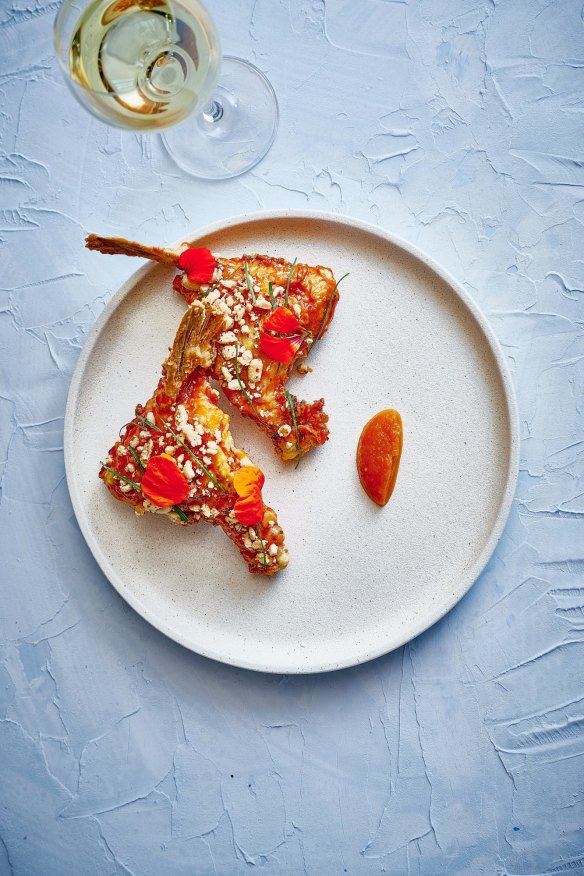
Keen for a fillet of salmon for dinner tonight? Consider using a salmon wing – plenty of flavour, and a quarter of the price.
Getting a little more savvy about the species and cut of fish we buy is the key to keeping the cost of seafood in our shopping baskets down.
"Mainstream species will become more expensive," says John Susman, CEO of seafood marketing company Fishtales.
"We are already seeing that. The answer is to be more experimental, more egalitarian. If we were to consider other species – sardines, hoke, redfish or blackspot trevally – or even other cuts (wings and fins and tails are delicious eating), it's sustainability in action. We seem to shy away from them as we did pork belly even 30 years ago." (Fish wings at Flotilla in Newcastle; pictured above right.)
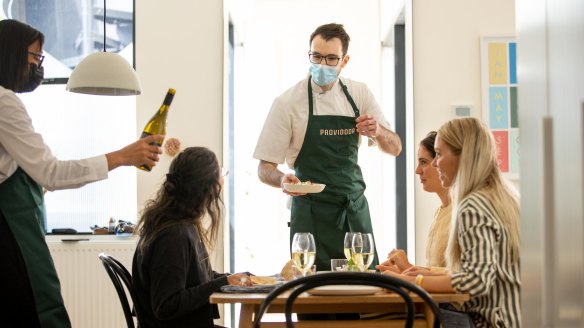
Restaurant delivery is still a thing
If 2020 taught us anything, it's that hospitality proved time and again how incredibly flexible and quick to change tack it could be. And while many high-end restaurants dropped their delivery services as soon as they were able to open the doors to welcome back customers, some have incorporated it into their business models and are reporting the demand is as strong as ever.
Melbourne-based Shane Delia intends to grow his delivery platform, Providoor, which delivers food from some of Victoria's greatest venues, into a national business, bringing Sydney and Brisbane into the fold over time.
That's great news for customers who are keen to keep supporting their favourite restaurants but may not have the capacity to get through the doors yet.
Local lovin'
Coming out of the pandemic, Australians have a higher preference for locally made products that they know and trust, says Mintel analyst Jolene Ng.
"Consumers are anxious about product sourcing and quality, and this is reflected in how they define 'good value'."
Supermarkets are now selling local seafood traditionally destined for China and overseas markets, for example, while Marley Spoon has moved to only use Australian-grown tinned tomatoes in its meal kits.
"The demand for transparency is important and increasing," says Weber.
"Customers want to know more than ever what's in their food and its provenance – from the ingredients in a spice mix to the source of their fish."
Farm-fresh ingredient boxes are enjoying increased sales too, at least for Georgie Neal, founder of Sift Produce in Sydney.
"If you want to talk about 'good value', I believe it comes down to buying local produce grown with flavour in mind. That could mean different varieties of vegetables, or produce picked within one or two days of when the customer receives it for high nutrient density."
Aligning with Australians' growing desire for convenience, Neal says produce boxes and super fresh food can also affect the way a person cooks.
"You don't have to do much to a vegetable grown in really good soil by a great local farm. Cooking it can be faster than fast-food – a bit of salt and butter or oil and happy days."
Restaurant reviews, news and the hottest openings served to your inbox.
Sign up- More:
- Restaurant news